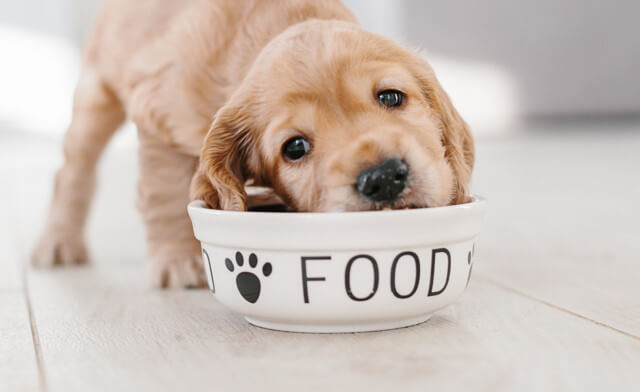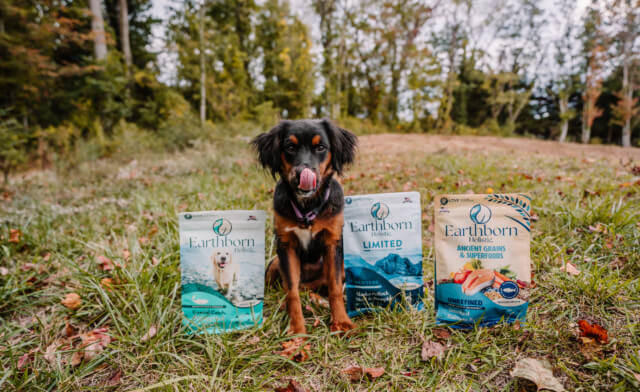Top Tips for Transitioning Food for Puppies Easily
Switching puppy food can be a challenge for any pet parent. After all, we want what’s best for our furry friends. But with a little bit of time and effort, the transition can be smooth for both you and your pup. In this blog post, we’ll share our top tips for transitioning food for puppies easily. By the end, you’ll be a pro at switching puppy food. So, let’s get started!
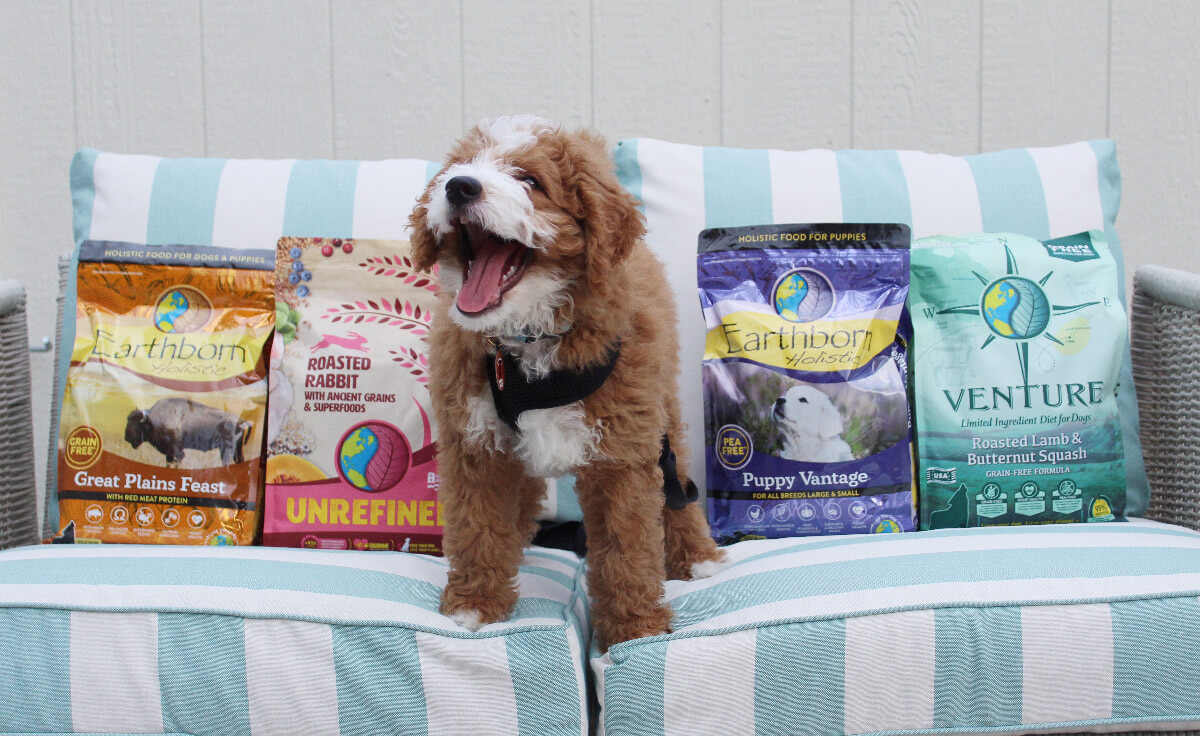
Why You Should Switch Food
There are a few reasons why it may be a good idea to switch food for a puppy. Maybe you’re unhappy with the puppy pet food you’re feeding them. Or, perhaps your puppy has outgrown their current food formula and needs something more nutrient-rich. No matter the reason, it’s important to do your research before making any changes to your puppy’s diet.
Great puppy food should be packed with nutrients like protein, fat, vitamins, and minerals. Puppies need these nutrients to help them grow and develop properly. If your puppy isn’t getting enough of these nutrients from their food, they may be at risk for health problems down the road.
It’s also vital to choose a complete puppy food that’s specially formulated for your puppy’s life stage. This means the food contains all the right nutrients in the correct proportions for your puppy’s age, weight, and activity level. Puppy food is different from adult dog food, so it’s important to make sure you’re feeding the most healthy puppy food for their specific needs.
Before we get into the tips, it’s worth mentioning that switching food for puppies can sometimes be tricky. Puppies may be hesitant to try new things, so it’s important to be patient and go at their pace. As always, if you have any concerns, be sure to ask your veterinarian for advice and guidance. Now that we’ve covered the basics, let’s jump into the tips!
Find the Right Kibble to Switch To
Kibble is a popular option among pet parents for a number of reasons. It’s easy to store, easy to serve, and most puppies love the taste. But there are so many different types and brands of kibble on the market, it can be hard to know which one to choose for your pup.
That’s right, choosing a good kibble for puppies can be overwhelming. But don’t worry, we’re here to help! The first thing you’ll want to do is read pet food labels carefully. Each bag of kibble will have a list of ingredients on the label.
The order of these ingredients is important because the first few listed are present in the largest quantities. You’ll want to make sure the first few ingredients in the food are high-quality sources of protein like chicken, turkey, or fish. Protein is essential for puppies because it helps them build strong muscles and bones.
Next, check that the food is made with quality ingredients and doesn’t contain any fillers or artificial additives. The best dry kibble for puppies like Earthborn Holistic Coastal Catch is made with real meat, vegetables, and fruits. If you’re not sure if kibble is right for your puppy, make sure to talk to your veterinarian. They can recommend the best kind of puppy food for your growing pup.
Find the Right Wet Food to Switch To
If you’re looking for an alternative to kibble, wet food may be a good puppy food to consider. Wet food is usually higher in protein and moisture than kibble, which can be beneficial for puppies that are teething or have sensitive stomachs.
If your puppy is a picky eater, wet food may also be a good option. The strong smell and taste of wet food can be appealing to puppies, even those that are finicky eaters. This means they’re more likely to eat all their food and get the nutrients they need.
A good wet dog food for puppies should be made with real meat and contain no artificial additives. You’ll also want to make sure the food is free from fillers like corn and meat meal. These low-quality ingredients can cause allergies in some dogs, so it’s best to avoid them if possible.
The size of your puppy is also an important consideration when choosing wet food. The best wet food for large breed puppies may be different from the best wet food for small breed puppies. This is because large breed puppies grow quickly and typically need more calories than smaller breeds.
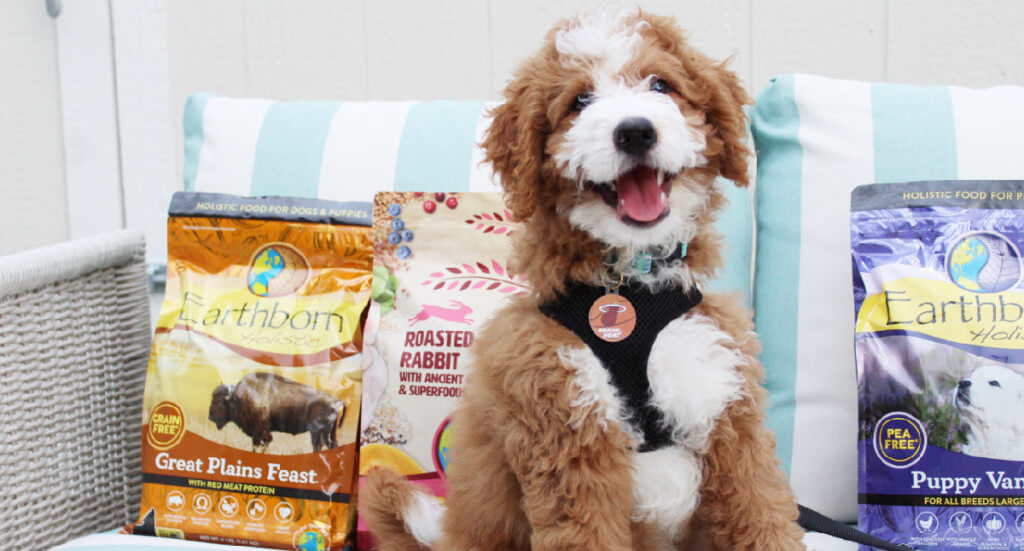
Combine Foods Gradually
Now that you’ve decided which food you want to switch to, it’s time to start the transition process. The best way to do this is to slowly mix the new food in with the old food and gradually increase the amount of new food over time.
You can start by mixing 75% old food with 25% new food and gradually increase the proportion of new food until your puppy is only eating the new high-quality dog food for puppies. This gradual transition process will help your puppy’s stomach adjust to the new food and reduce the chances of them experiencing digestive problems.
Remember, healthy puppy foods are a vital part of your puppy’s development. So, it’s important to choose the right food and make the switch slowly to ensure your puppy is getting all the nutrients they need to grow into a healthy adult dog.
If you’re not sure which food is best for your puppy, talk to your veterinarian. They can help you find the perfect food to keep your puppy happy and healthy. Whether you’re looking for the perfect dry dog food for small breed puppies or the best wet food for large breed puppies, your vet can help you find the right food for your pup.
Put in Tasty Additions
Adding some interesting toppers to your puppy’s food is a great way to make mealtime more fun and give them a boost of essential nutrients. The best foods to add to dog food are tasty and packed full of nutrients. Here are a few healthy and delicious things to add to your dog’s kibble or wet food:
- Cooked vegetables like carrots, sweet potatoes, or green beans. Pet-safe vegetables are packed with fiber, vitamins, and minerals.
- Cooked chicken, turkey, or fish. These foods provide a lean source of protein and are a great way to add flavor to your pup’s food.
- Unsweetened canned pumpkin (not pie filling). Pumpkin is a great source of fiber, which can help with digestion. It’s also low in calories and high in nutrients like vitamins C and E. Pumpkin pie filling should always be avoided as it’s high in sugar and may contain seasonings that can harm your dog.
- Plain yogurt. Yogurt contains probiotics, which can help with digestive health. It’s also a good source of calcium and protein.
- Cottage cheese. Cottage cheese is another good source of calcium and protein, which are beneficial for growing puppies.
- A small amount of raw fruits and vegetables like carrots, apples, or blueberries. These foods are rich in antioxidants, which can help support your puppy’s immune system. Just be sure to feed in moderation to avoid digestive problems.
When adding these toppings to your puppy’s food, make sure to start with small amounts and increase gradually. This will help your puppy get used to the new flavors and textures and prevent them from getting an upset stomach.
Healthy dog food that tastes good doesn’t need to be boring. So, experiment with different toppings and find what your puppy likes best. They’ll be sure to love these delicious and nutritious additions to their meals!
Avoid Adding New Allergens
While mixing in some new and interesting foods can be a great way to add variety to your puppy’s meals, it’s important to avoid adding any new allergens. If your puppy is allergic to a certain ingredient, eating even a small amount can cause digestive problems, skin irritation, and other health problems.
Some of the most common allergens include wheat, corn, soy, eggs, chicken, and beef. Safe puppy food for allergies should contain limited ingredients to reduce the risk of allergies. When considering what to mix with dog food, look for foods that are easy to digest and free from common allergens.
You can also speak to your vet about what to add to kibble to make it better for puppies with allergies. They may recommend specialized wet food or dry dog food for dogs with allergies if your puppy is particularly sensitive.
Find Food Your Dog Loves
When it comes to finding the right food for your puppy, do your best to find something they love. Not all puppies are the same and what works for one pup might not work for another. It’s also worth remembering that the most popular puppy food might not be the best choice for your individual dog.
The best way to find out what kind of food your dog likes is to experiment with different flavors and textures. You can start by trying different types of kibble or wet food and seeing which one your puppy prefers.
Food engagement for puppies is a fantastic way to get them excited about mealtime. Aside from changing the type of food you feed your pup, you can also try using different types of feeders.
There are many different kinds of feeders on the market, from slow feeder bowls to puzzle feeders and snuffle mats. These engagement tools help your pup eat slower and think about their food more, which is great for their brain and body.
You can even try hiding your puppy’s food in different places around the house or yard to turn mealtime into a fun game. This can help your puppy use their natural scavenging instincts and get them excited about food.
In addition, try mixing in some tasty toppings to make mealtimes more fun. Just make sure you avoid adding any new allergens that could trigger an allergic reaction. If you’re not sure where to start, talk to your vet about the best food for your puppy. They can help you choose delicious dog food that meets their nutritional needs.
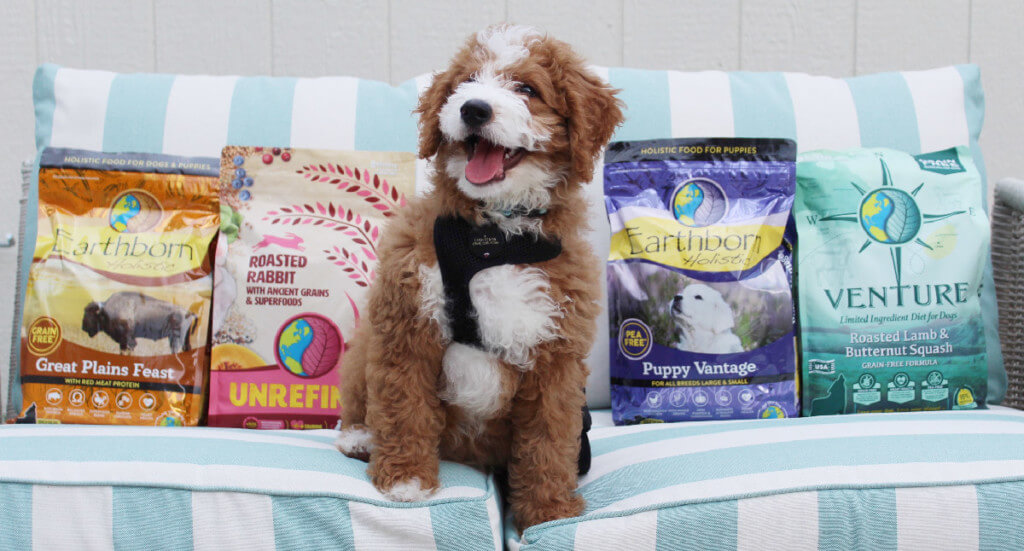
Try Sensitive Stomach Dog Foods
If your puppy is prone to digestive issues like vomiting or diarrhea, you might need to switch to a sensitive stomach food. These foods are designed to be easy on your puppy’s tummy and can help minimize digestive problems.
The best digestive care dog food will be made with limited ingredients and contain no artificial additives. A dog food nutrition comparison chart can be a useful tool to help you find a suitable food that’s nutritionally complete and balanced.
As with other foods, start with a small amount and increase gradually. This will help your puppy get used to the new food and prevent them from getting an upset stomach. If you’re not sure which food is best for your puppy, talk to your vet. They can recommend a sensitive stomach food that meets your pup’s needs.
Introduce More Protein Slowly
In some cases, you may need to increase the amount of protein in your puppy’s diet. This is often necessary if the food you’re feeding them isn’t meeting their nutritional needs. Puppies need a lot of protein to support their growing bodies and without enough, they can experience problems like stunted growth or muscle weakness.
Speak to your vet about your puppy’s protein needs to determine whether you need to make any changes to their diet. If you do need to increase the amount of protein, do so gradually. This will help your puppy’s digestive system adjust and avoid any tummy troubles.
High protein dog kibble or other types of high-quality protein dog food are good options for puppies that need more protein in their diets. A dog food protein comparison chart will show you how different foods measure up in terms of protein content. These tools will also allow you to compare dog food ingredients side by side so you can assess the nutritional value of each food.
Find the Right Food for Puppies
Throughout this post, we’ve looked at how to choose the best formula for puppies and some of the things you need to consider when switching puppy food.
In summary, the best food to feed puppies is a safe, nutritious, and delicious option that meets their individual needs. Both kibble and wet food can make great puppy food, just make sure to find a formula that’s right for your pup.
Remember, there’s a big difference between between puppy and adult food. Puppies need a higher calorie diet to support their rapid growth, so make sure you’re feeding them food that’s specifically designed for puppies. Adult food doesn’t contain the same level of calories or nutrients that puppies need, so it’s not a suitable option.
Always introduce any new foods slowly and increase the amount gradually. This will help your puppy adjust to the new food and avoid any digestive problems. If you’re not sure what kind of food is best for your puppy, talk to your vet for advice. They can help you find a nutritious and delicious option that meets all of your growing puppy’s needs.
Mixing tasty additions into your puppy’s food is a great way to give them a boost of nutrition and make mealtimes more fun by creating the most flavorful dog food possible. Just make sure you avoid adding any new allergens that could trigger an allergic reaction.
You’ll also want to choose puppy food your dog loves. Puppies can sometimes be picky eaters, so it may take some trial and error to find their favorite food. Be patient and experiment with different flavors and textures until you find a delicious dog food they can’t resist.
If your puppy has digestive issues, you may need to switch to a sensitive stomach food. These foods are designed to be easy on your puppy’s tummy and can help minimize digestive problems. Some puppies may also need more protein in their diets to support their growing bodies. Speak to your vet about your puppy’s dietary needs to determine if a high protein diet is right for them.
Finally, remember to always consult your vet before making any changes to your puppy’s diet. They can advise you on the best food for your growing pup and when to transition from puppy to dog food. With their help, you can find a food that your puppy loves and that meets their nutritional needs.


